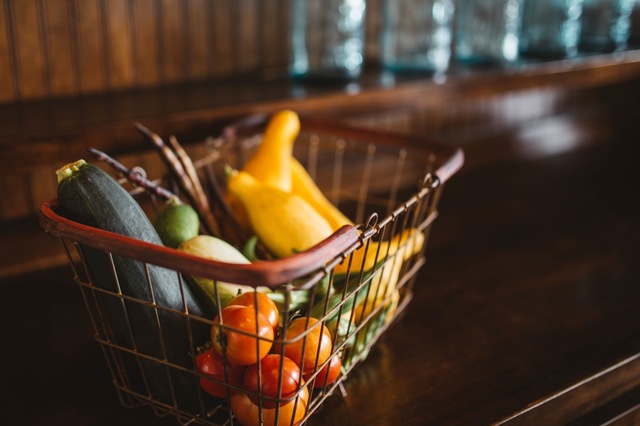 News flash: instead of fair trade, we should be choosing single origin foods.
News flash: instead of fair trade, we should be choosing single origin foods.
Why?
The key to understanding the value of single origin food is in comprehending transparency.
We think that our food is transparent because we know what country our food is coming from, but to be honest that provides as little benefit as knowing the color of the food itself.
To understand transparency, and thus the value of single origin foods, I invite you to take a quick trip back in time with me to take a look at how the food industry used to work.
So, bear with me:
100 years ago (not even a minute in terms of how long we’ve been living on this planet), the food industry was built on some very basic standards.
Every grocer and those who worked in the grocery environment either knew the supplier directly or was able to vouch for where the farm was located, the quality of the food they produced, the growing methods they employed and so on. Pride and quality assurance were intrinsic in every single transaction!
Grocers, butchers, dairy farmers and bakers all built and prided their businesses on a clear and honest understanding of the source, providing their customers with quality food and fair prices.
This intimate relationship consumers had with their food source was a simple and direct trade model—“single origin trade.” It was the ultimate (and only) trade process of the time.
The idea of an empowered communal understanding was all people knew, creating an abundance of benefits and producing a self-healing mechanism.
Today, the average consumer is disconnected and detached from both the food we put into our bodies and from this millennia long relationship of simply knowing the source of our food.
Transparency is the missing ingredient today, and this is the first step in returning the value of single origin food to our lives.
With single origin, we can re-forge the human relationship of growers and consumers. In doing so, both parties are reminded that through simple acts we can simultaneously empower ourselves and devalue a broken food system.
Sharing this vision collectively is the lifeblood of single origin foods. In this collective vision, the growers want to grow the best food in a sustainable way because the consumer wants quality produce that was grown and cared for properly.
It’s a healthy cycle that keeps giving.
So why single origin and not fair trade?
In January 2011 the “rules” of Certified Fair Trade changed dramatically. Although Fair Trade USA still adamantly markets the small-scale farmers as the “face” of fair trade, the reality is that regional trans-national corporations and mega scale plantations ultimately take the helm.
So much for the small farms that we want to support!
Essentially, in 2011 Fair Trade USA opened up its licensing to large-scale plantations and began certifying products that contain as little as 10% certified fair trade ingredients.
What we have now is an idea that seemed to stand resolute for the farmers and growers of this planet, but an idea that is actually comfortably in bed with mainstream capitalism.
Fair trade and single origin share certain visions, but single origin is about creating transparent and sustainable trade and benefitting everyone involved, while fair trade is a syndicate that doesn’t connect growers with consumers and binds growers into fixed low-price agreements.
Next time you are at the supermarket, be mindful of the foods that you are buying.
Don’t let certifications and stickers fool you; do your research.
Ideally, receiving your food directly from a farmer is best, but knowing the where and how of your food is crucial in sustainablity!
I hope you all find a way to live in a transparent and sustainable way that keeps you happy, healthy and productive in life.
~
Relephant reads:
Why Can’t We Have Fair Trade Certification for U.S. Farmworkers?
What’s a Fair Trade for Your Town? ~Melinda Haselton
~
Author: Colin Carter
Apprentice Editor: Elly Woods; Editor: Sara Kärpänen
Image: Pexels






Read 2 comments and reply